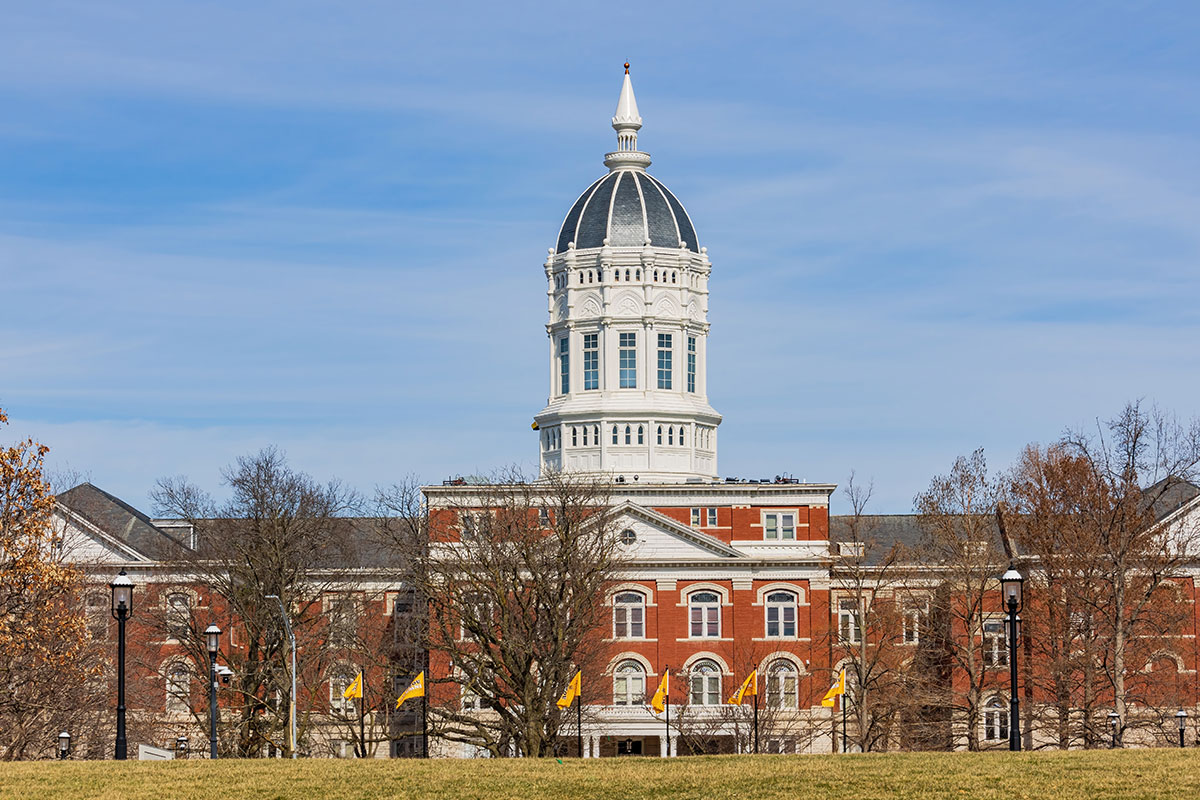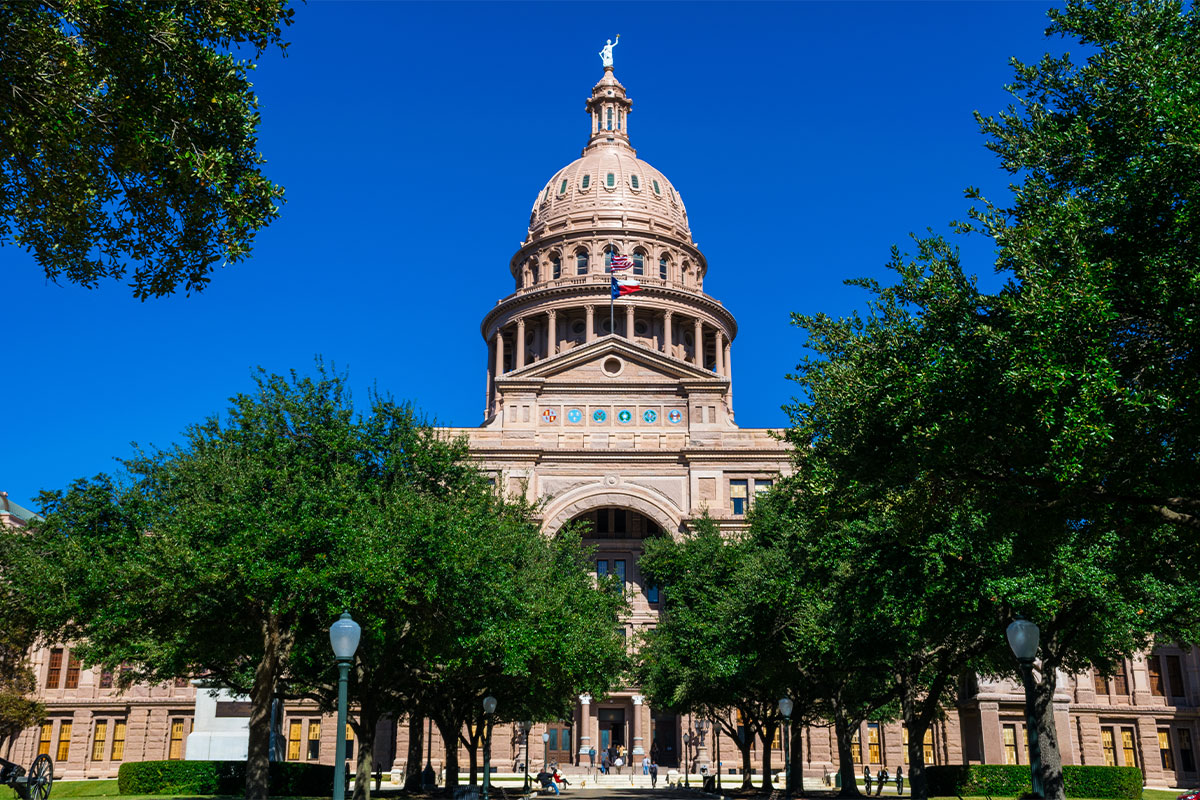Written as of September 25, 2025.
In our conversations with municipal leaders and finance officials, SB3 comes up often. Here’s an overview and some specific points of consideration for municipalities in what amounts to a wait-and-see moment in time.
In an extraordinary legislative session in June 2025, Missouri passed Senate Bill 3 (SB 3)‡, a wide-ranging bill that included stadium financing, disaster tax credits, and significant changes to the state’s property tax system. The property tax provisions offer homeowners potential relief from rising tax bills but have prompted a constitutional lawsuit and raised concerns among political subdivisions that depend on property tax revenue.
Overview of key property tax reform provisions
SB 3 requires the majority of counties (97 of 114) to place a measure on the ballot by April 2026, allowing voters to decide on property tax credits for eligible homeowners. The bill divides these affected counties into two categories, each with a different set of rules.
- Zero-percent counties: In 22 counties, a mix of rural, mid-sized and suburban, voters can opt to freeze the property tax liability on eligible homesteads at the initial credit year’s amount. This effectively prevents increases due to rising property values, with exceptions for voter-approved levy increases or property improvements.
- Five-percent counties: In 75 counties, primarily rural, voters can approve a credit that caps the annual increase in property tax liability. The increase would be limited to the greater of 5% or the Consumer Price Index (CPI), again with exceptions for voter-approved levies or property improvements.
Seventeen counties were explicitly left out of the bill’s property tax limitations, including larger counties like Jackson County, St. Louis County, St. Louis City, and Greene County (collectively, the “unaffected counties”). This is a point of contention, particularly in those large Unaffected Counties that have recently faced severe backlash over significant assessment increases.
Possible implications
For most political subdivisions, such as school districts and cities, property taxes are a vital and stable funding source. For certain special districts like fire districts and libraries, property tax revenues are often their only meaningful revenue source. SB 3 threatens this stability and creates the following possible implications, among others:
- Inability to keep pace with rising costs: In five-percent counties, even with growth tied to inflation, annual collections may not keep pace with rising costs for services and materials. In zero-percent counties, revenue is outright capped, which is equivalent to a revenue reduction over time.
- Double constraint with Hancock Amendment: Under Missouri’s Hancock Amendment‡, adopted in 1980, local governments are required to roll back their tax levy rate when assessed property values rise faster than inflation, unless voters approve otherwise. This ideally keeps property tax revenue from ballooning when property values surge. The Hancock Amendment looks at aggregate levy revenue growth jurisdiction-wide. This means that if a political subdivision’s property values rise rapidly, the Hancock Amendment already forces a rate cut. Because SB 3 restricts individual property bill growth, the application of both the Hancock Amendment and SB 3 squeezes the revenue stream from both directions. This means that in zero-percent counties, even if the jurisdiction could legally collect more under Hancock, SB3’s freeze would prevent jurisdictions from collecting the full allowable revenue because individual bills are limited. This creates a shortfall relative to what that jurisdiction could otherwise legally collect.
- Service reductions: Local governments facing stagnant or declining revenues will likely be forced to consider service cuts. Potential impacts include larger class sizes, fewer library programs, reduced fire and emergency services, and weaker infrastructure maintenance.
- Uncertainty and complexity: The bill introduces financial uncertainty for political subdivisions that cross county lines and fall under multiple tax rules. Additionally, the complex system has been criticized for being overly convoluted and creating budgetary challenges. Indeed, it will be incredibly challenging for political subdivisions to prepare an annual budget without having the ability to accurately forecast revenues.
- Problematic debt management and issuance: One of the primary financing mechanisms utilized by political subdivisions in Missouri is voter-approved general obligation bonds, which impose a debt service levy to pay principal and interest on the bonds. General obligation bonds are secured by the full faith and credit and taxing power of the political subdivision. This means that a court can compel the municipality to increase property taxes if needed to repay the bonds. Unlike the Hancock Amendment, SB 3 does not provide a carve-out or exclusion for debt service levies for outstanding or future general obligation bonds. Thus, it remains unclear how political subdivisions can meet their annual debt obligations or plan for future general obligation debt financings.
- Administrative and financial burdens related to elections: 97 counties must conduct elections, manage ballot language, educate voters and administer whichever option is chosen without allocated funding.
Legal challenge
Shortly after the bill’s passage, two state lawmakers and a citizen activist filed a lawsuit challenging SB 3’s constitutionality. The suit titled Moon, Wolfin, Calzone vs. State of Missouri was filed in Cole County Circuit Court on July 31, 2025, and alleges several violations of the Missouri Constitution.
The litigation asks the court to declare SB 3 unconstitutional and enjoin its enforcement. It’s entirely likely that more affected parties will join this lawsuit and/or file additional lawsuits as the impact of SB 3 becomes more apparent. In the meantime, the affected Missouri counties will be moving forward with planning elections, and Missouri political subdivisions will be required to determine SB 3’s full ramifications on their budgets, services, capital plans and debt issuances.
Learn more about how UMB Bank, n.a. Public Finance can support your organization’s financing and capital needs, or contact us to be connected with a public finance specialist.
When you click links marked with the “‡” symbol, you will leave UMB’s website and go to websites that are not controlled by or affiliated with UMB. We have provided these links for your convenience. However, we do not endorse or guarantee any products or services you may view on other sites. Other websites may not follow the same privacy policies and security procedures that UMB does, so please review their policies and procedures carefully.
Disclosure
This communication is provided for informational purposes only. UMB Bank, n.a. and UMB Financial Corporation are not liable for any errors, omissions, or misstatements. This is not an offer or solicitation for the purchase or sale of any financial instrument, nor a solicitation to participate in any trading strategy, nor an official confirmation of any transaction. The information is believed to be reliable, but we do not warrant its completeness or accuracy. Past performance is no indication of future results. The numbers cited are for illustrative purposes only. UMB Financial Corporation, its affiliates, and its employees are not in the business of providing tax or legal advice. Any materials or tax‐related statements are not intended or written to be used, and cannot be used or relied upon, by any such taxpayer for the purpose of avoiding tax penalties. Any such taxpayer should seek advice based on the taxpayer’s particular circumstances from an independent tax advisor. The opinions expressed herein are those of the author and do not necessarily represent the opinions of UMB Bank or UMB Financial Corporation.
Products, Services and Securities offered through UMB Bank, n.a. Capital Markets Division are: NOT FDIC INSURED | MAY LOSE VALUE | NOT BANK GUARANTEED





